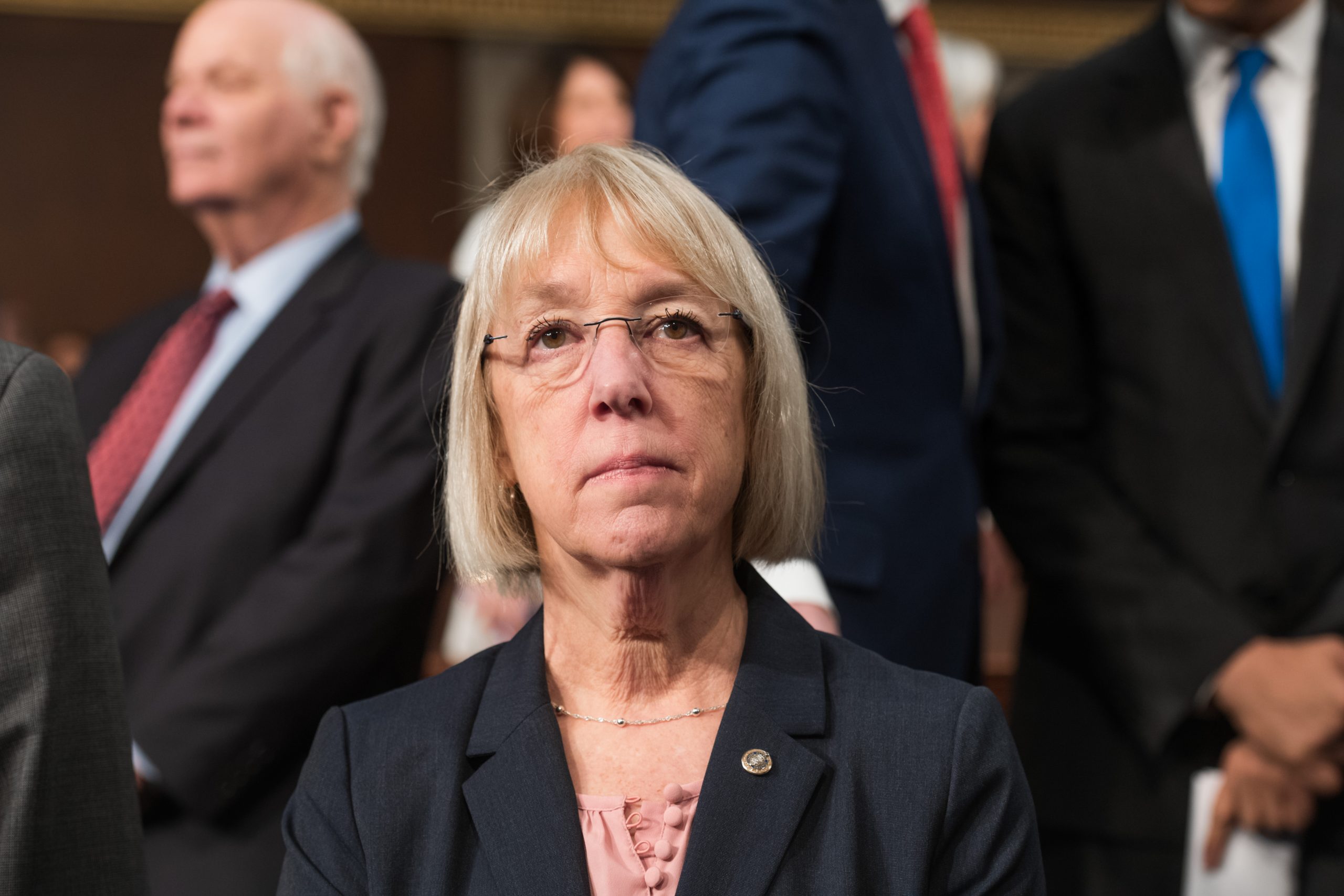The Women’s Pension Protection Act would address challenges women face in accessing retirement security
(Washington, D.C.) – Today, Senate Health, Education, Labor, and Pensions (HELP) Committee Ranking Member Patty Murray (D-WA), introduced new legislation to address the challenges women face in accessing retirement security to ensure women can better prepare for retirement. The Women’s Pension Protection Act of 2015 would strengthen consumer protections to safeguard retirement savings, improve access to retirement savings plans for long-term, part-time workers, the majority of whom are women, and help increase women’s financial literacy.
“In our country, a secure retirement is key to a thriving middle class, but unfortunately women face systemic barriers that make it more difficult to adequately save for retirement,” said Senator Murray. “The Women’s Pension Protection Act would address some of these challenges to protect women’s retirement security. Ensuring women are able to access a secure retirement is a critical component to helping grow our economy from the middle out, not the top down.”
Senate co-sponsors of the Women’s Pension Protection Act of 2015: Senators Kirsten Gillibrand (D-NY), Claire McCaskill (D-MO), Jeanne Shaheen (D-NH), Barbara Mikulski (D-MD), Maria Cantwell (D-WA), Tammy Baldwin (D-WI), Debbie Stabenow (D-MI), and Amy Klobuchar (D-MN).
Earlier this year, Senator Murray released a report detailing the systemic challenges that contribute to the large gender retirement gap.
FACT SHEET: The Women’s Pension Protection Act of 2015
A secure retirement is one of the hallmarks of a strong middle class and an economy that works for all Americans, not just the wealthiest few. However, after decades of stagnant wages and barriers to saving adequately, far too few Americans are financially prepared for retirement. This retirement crisis especially affects women. Women lag significantly behind their male counterparts in retirement savings, as their median retirement income in 2010 was 59 percent of men’s retirement income. Because of these financial challenges, women, age 65 and older, are nearly twice as likely to live in poverty, compared to men in the same age group. This is partly because women face systemic barriers that make it more difficult to adequately saving for retirement.
The Women’s Pension Protection Act of 2015 (WPPA) would address some of these challenges by extending critical protections to women’s retirement security and providing enhanced tools to ensure women can better prepare for retirement.
Strengthen consumer protections to safeguard retirement savings. For many working families, their 401(k) plan is often their largest asset aside from their home. Under current law, one spouse could take a distribution or a loan from the plan without the other spouse’s knowledge or consent. This could have a devastating effect on the unknowing spouse and the family. WPPA would extend the spousal protections that are currently available for defined benefit plans to defined contribution (DC) plans like a 401(k).
Expand access to retirement savings plans. Women make up the majority of low-wage and part-time workers. In many cases, employers do not offer retirement plans to these groups of workers. As a result, many women lack access and do not participate in any retirement savings plan. However, a recent GAO report found that 68 percent of the lowest income workers and 81 percent of part-time workers would participate in a plan if they had access. WPPA would expand coverage to these workers by amending the minimum participation standards for long-term part-time workers. The new standards would require employers to allow employees to participate in a plan once they have reached the earlier of the current minimum participation standards (age 21 or the completion of one year of service (generally 1,000 hours of service during a 12-month period)) or once they have completed at least 500 hours of service for three consecutive years.
Increase financial literacy. One of the most promising ways to ensure people gain important financial and economic skills is through education. WPPA would enhance and bolster women’s financial literacy through two methods. First, financial providers would be required to provide a link to the Consumer Financial Protection Bureau in any offer for the sale of a retirement financial product or service. This link would provide information and resources regarding retirement planning and/or retirement security. WPPA would also provide for grants through the Department of Labor to established community-based organizations to improve the financial literacy of women who are of working or retirement age.


